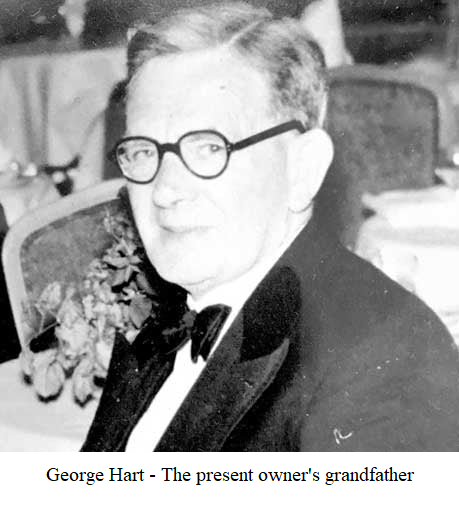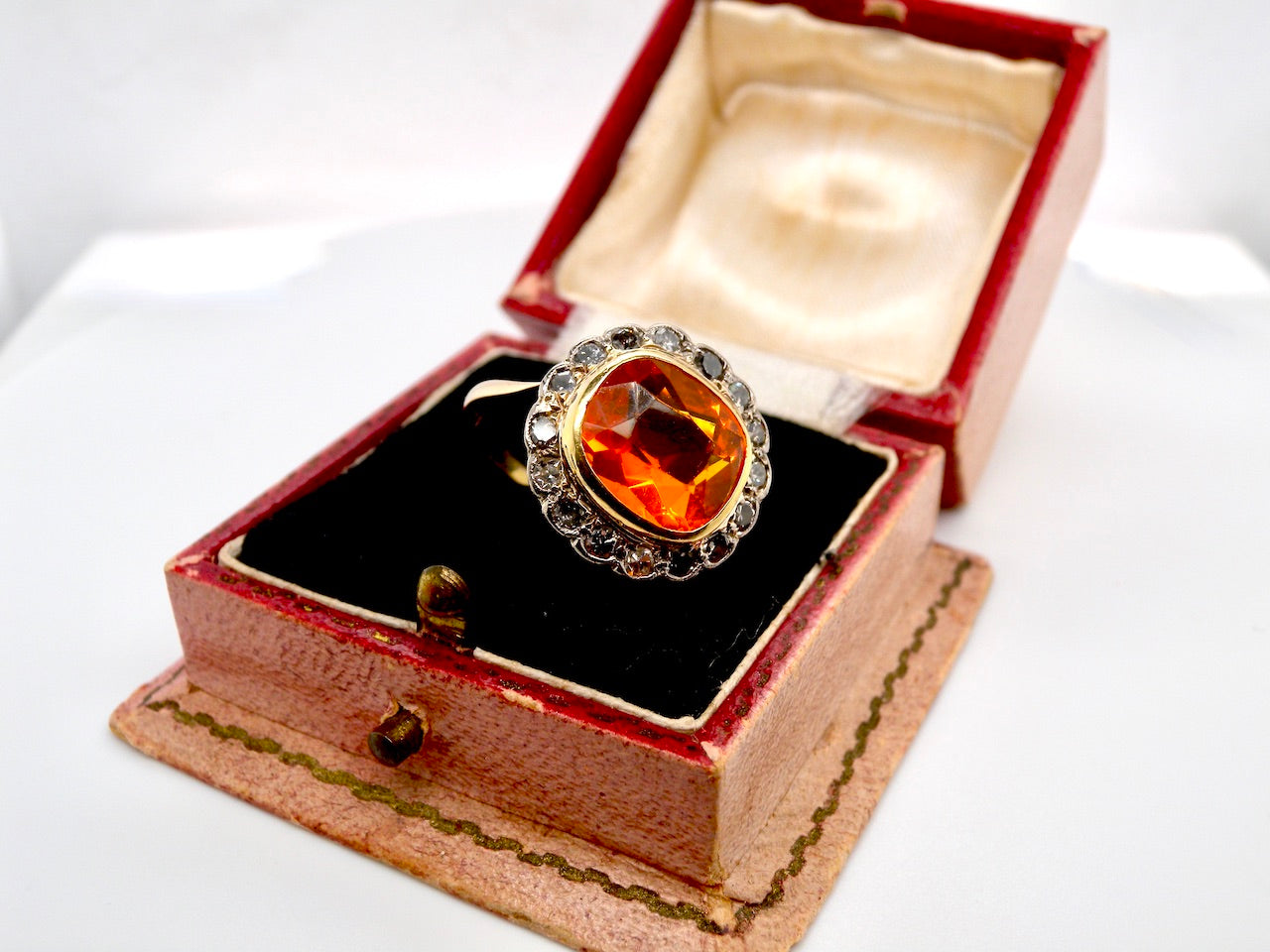The Victorian era, spanning from 1837 to 1901, was a time in history for great social and industrial change in UK and Ireland. It was characterized by economic prosperity, industrial growth, and a prolonged period of peace under the rule of Queen Victoria. Victorian jewellery with its styles and designs influenced by the various phases of the queen's life was a reflection of this era.
The Romantic Period
The Early Victorian Era was also known as the "Romantic" period, was a time in history when highly romantic motifs such as hearts, hands, knots, and crosses were all the rage in jewellery design. This era reflected a sentimental response to the Age of Reason, a movement that began long before the 1800s. Both the Romantic and Industrial Revolutions had a tremendous impact on the fashions that became prominent during the Victorian era. and the Industrial Revolution. This made jewellery more affordable and accessible to the general public. Nature was a significant source of inspiration for Victorian jewellery, with flowers, snakes, and birds being popular motifs. The use of coral in cameo jewellery, which was produced in Naples and finished by English jewellers, created a trade relationship between England and Italy.
Nature was a significant source of inspiration for Victorian jewellery, with flowers, snakes, and birds being popular motifs. The use of coral in cameo jewellery, which was produced in Naples and finished by English jewellers, created a trade relationship between England and Italy.

The Middle Victorian Era, known as the "Grand" period, saw the development of lockets, rope designs, and opal jewellery. The invention of the diamond saw revolutionized the cutting industry, and enamelling techniques such as champlevé, encrusted enamelling, cloisonné, and plique-a-jour became popular.
The Queen Victoria's love for the Scottish Highlands resulted in the growth of silver and Celtic jewellery, while the death of Prince Albert in 1861 led to a phase of mourning and a rise in the popularity of jet and black gems in mourning jewellery.
The Late Victorian Era, also known as the "Aesthetic" period, saw the creation of daintier and lighter jewellery, with turquoise, opals, amethysts, and diamonds being popular gemstones. Rolled gold and paste jewellery were used as cost-effective substitutes for real gold and expensive gemstones.
Each era of Victorian jewellery holds its unique charm, making it highly sought-after and collectible today. Victorian jewellery is a reflection of the era's social and industrial changes and Queen Victoria's influence, making it an important part of British cultural history.
The Late Victorian Era also saw the rise of chokers consisting of multiple strands, which became fashionable after Queen Victoria's daughter-in-law wore one to conceal a scar on her neck. Overall, the Victorian era brought significant changes and developments in social, economic, and industrial fields, which are reflected in the jewellery of the time.
Today, Victorian jewellery remains popular among collectors and enthusiasts for its intricate details, sentimental themes, and romanticism. Each piece holds historical significance and tells a story of the era's cultural and societal changes. From nature-inspired motifs to past culture influences, Victorian jewellery is a unique blend of the old and the new. In conclusion, the Victorian era was a time of significant transformation in British society, culture, and industry. Victorian jewellery reflects the era's changes and developments, with each period of the era bringing its own unique styles and motifs. From the romantic themes of the Early Victorian Era to the daintier jewellery of the Late Victorian Era, Victorian jewellery is a treasured part of British cultural heritage that continues to fascinate and inspire people today.
In conclusion, the Victorian era was a time of significant transformation in British society, culture, and industry. Victorian jewellery reflects the era's changes and developments, with each period of the era bringing its own unique styles and motifs. From the romantic themes of the Early Victorian Era to the daintier jewellery of the Late Victorian Era, Victorian jewellery is a treasured part of British cultural heritage that continues to fascinate and inspire people today.
We are pleased offer a collection of fine Victorian rings, brooches, lockets, chains and so much more, here at Vintage Tom Please enjoy our Victorian jewellery collection and if you have any questions about any item, please get in touch.
You May Also Like: A History of Vintage Lockets



